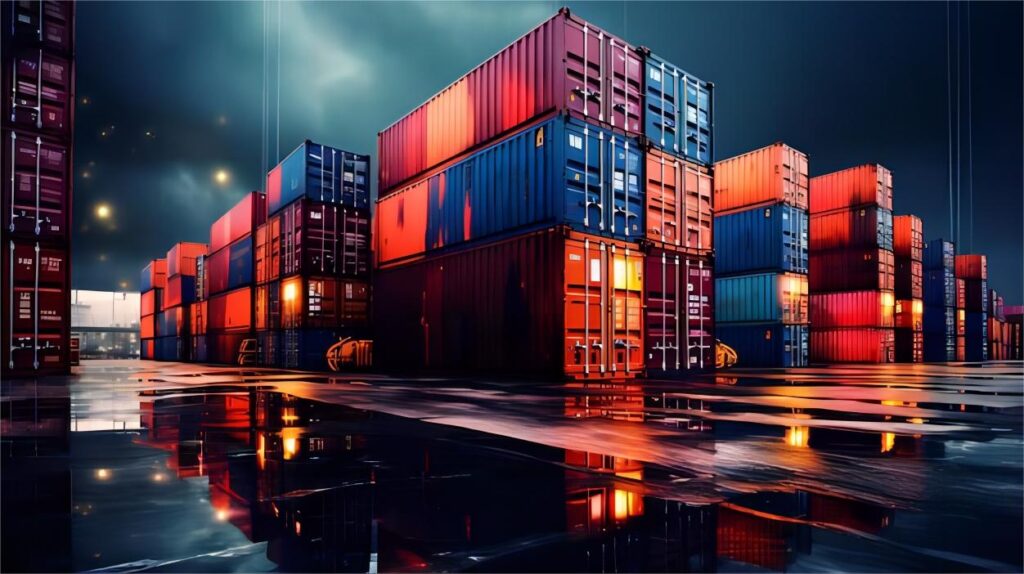When shipping large cargo shipments to Thailand, splitting the goods into smaller shipments can help manage costs, improve efficiency, and ensure that each portion of the cargo arrives on time. This is especially important when dealing with ocean freight and container services. Here’s how to effectively split your cargo shipments when exporting from Shenzhen, China, to Thailand.
1. Understand the Need for Splitting Shipments
There are several reasons why you might need to split your cargo shipments:
- Excessive volume: If your total cargo exceeds container capacity, splitting the shipment into multiple containers is necessary.
- Delivery schedule: Split shipments can be scheduled to meet different delivery deadlines.
- Cost management: Smaller shipments may qualify for better shipping rates, especially when dealing with less-than-container-load (LCL) shipping.
2. Work with a Container Service Provider
For Thailand-bound shipments, partnering with a reliable container service from Shenzhen, China, is crucial. Container services can provide LCL (Less than Container Load) and FCL (Full Container Load) options. If your cargo doesn’t fill an entire container, opting for LCL shipping allows you to share container space with other shipments, potentially reducing costs.
Make sure to discuss your needs with your ocean freight planner to choose the best option for splitting your cargo and optimizing shipping routes.
3. Coordinate With Your Freight Forwarder
An experienced freight forwarder can assist in splitting cargo and organizing multiple shipments. They will ensure that each part of the cargo is properly documented and labeled, and that all customs requirements are met for each shipment. This will help streamline the process and prevent delays at the Thailand port.
4. Consider Timing and Delivery Routes
Splitting shipments can also affect delivery times. When organizing multiple shipments, you’ll need to work with your freight forwarder and ocean freight planner to Thailand to determine the most efficient and timely delivery routes. By splitting the shipments according to priority and timing, you can ensure that critical items arrive on schedule.
5. Monitor and Track Shipments
Once you’ve split your cargo shipments, it’s essential to track each shipment. Most freight providers offer tracking tools, allowing you to monitor the progress of your cargo from Shenzhen to Thailand. This ensures that any potential delays are identified early, so you can make adjustments to your delivery plan.

PAA (People Also Ask)
- Why should I split my cargo shipments to Thailand?
Splitting shipments can help manage costs, improve efficiency, and meet different delivery schedules. It’s especially useful for high-volume shipments or when cargo exceeds container space. - What is LCL shipping for Thailand?
LCL (Less than Container Load) shipping means sharing a container with other goods. It’s ideal when you don’t have enough goods to fill an entire container and want to save on shipping costs. - How do I work with a container service provider in Shenzhen?
You can choose a Thailand container service from Shenzhen, China, that specializes in handling cargo for international shipments. They will assist with booking the container, handling customs paperwork, and coordinating delivery. - Can I split my cargo into multiple shipments for faster delivery?
Yes, splitting your cargo allows for better timing and delivery flexibility. This method is especially beneficial for ensuring that urgent items arrive sooner while less time-sensitive goods follow. - What are the main risks when splitting cargo shipments?
The risks include miscommunication, increased shipping costs, and customs delays if not properly documented. Ensure you work closely with a freight forwarder to mitigate these risks.
